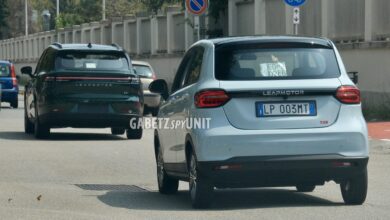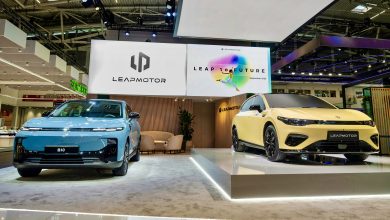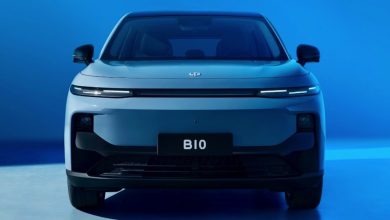Leapmotor Prepares Brazilian Launch With C10 REEV SUV
Stellantis-Backed Chinese Brand Brings Range-Extended Electric Tech To South America
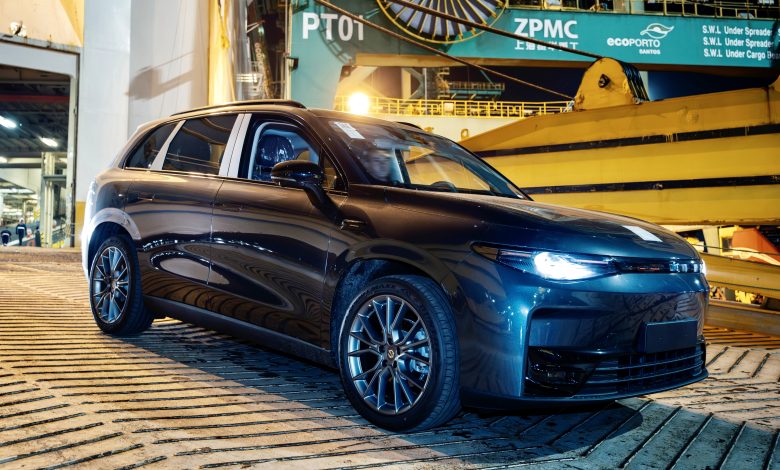
Stellantis’ growing joint venture with Chinese electric vehicle (EV) startup Leapmotor is officially expanding into Brazil, marking a significant milestone for both companies in their global electrification strategy. During the “Nova (New) Era” event in São Paulo, Leapmotor confirmed that it will launch its first vehicles in the Brazilian market in early November, starting with the all-new C10 and the smaller B10 SUVs.
The C10 will be offered in two distinct versions: a fully electric (BEV) model and an innovative range-extended electric vehicle (REEV) variant featuring the company’s new Ultra-Hybrid powertrain technology. This system combines electric drive with a small gasoline engine that functions solely as a generator, allowing the battery to recharge on the move and dramatically reducing “range anxiety” compared with traditional EVs.
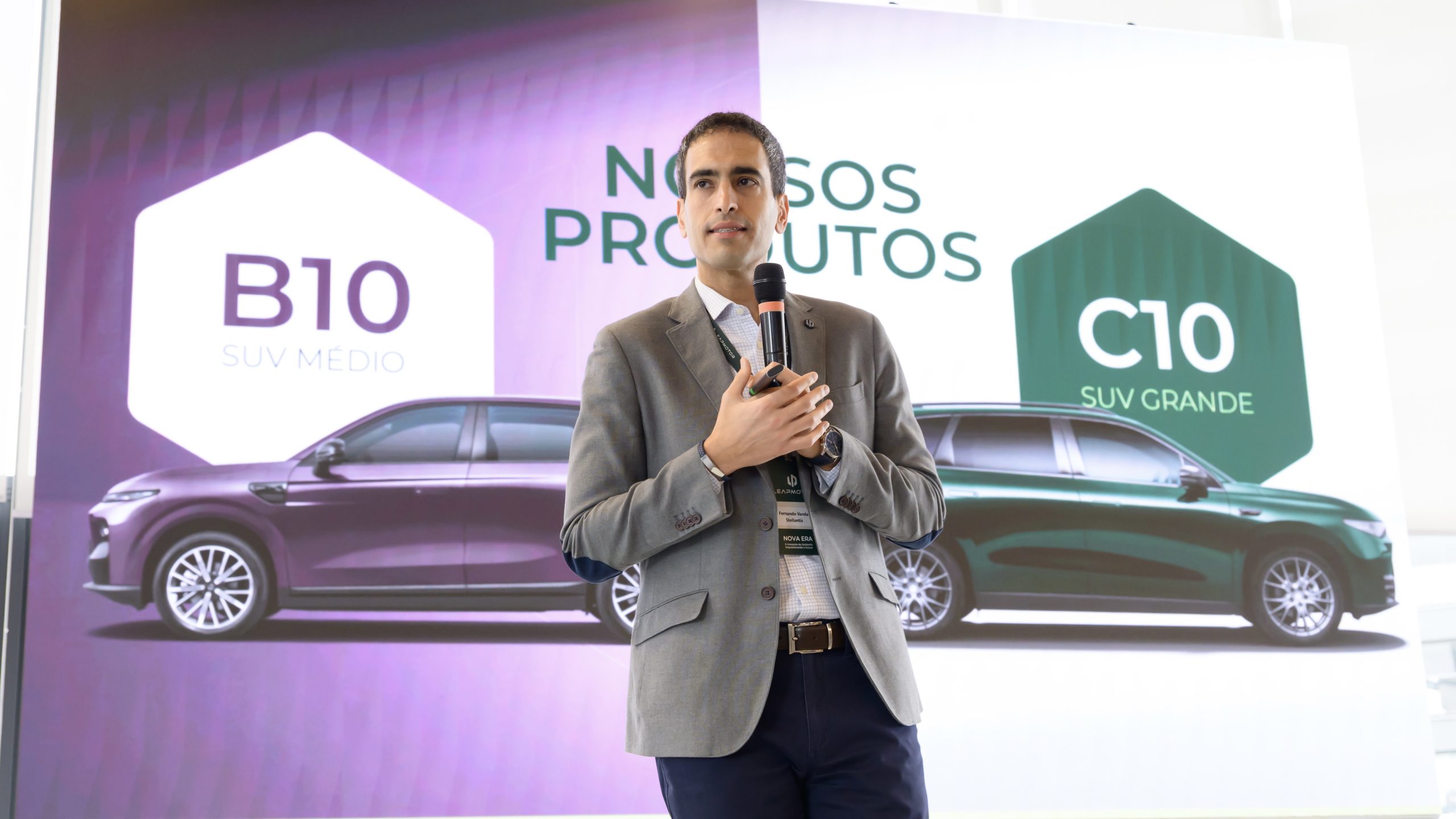
Fernando Varela, Leapmotor’s Vice President for South America, emphasized that Stellantis’ regional strength and expertise support the company’s entry into Brazil. “Thanks to the intense work of a brilliant and competent team, Leapmotor is ready to debut in Brazil,” Varela said. “With Stellantis’ extensive experience and our advanced Ultra-Hybrid technology, we’re confident Brazilian consumers will quickly embrace our vehicles.”
Executives from Stellantis also highlighted how the partnership is designed to combine innovation, local manufacturing support, and infrastructure development. The strategy involves building a sustainable ecosystem from the start, with several partners already confirmed to support charging networks, digital integration, and connected mobility solutions. Among the first collaborators are Learning Village, Zletric, WEG, GreenV, VoltBras, Zallpy, and Ituran—all companies involved in energy, software, and innovative mobility services.
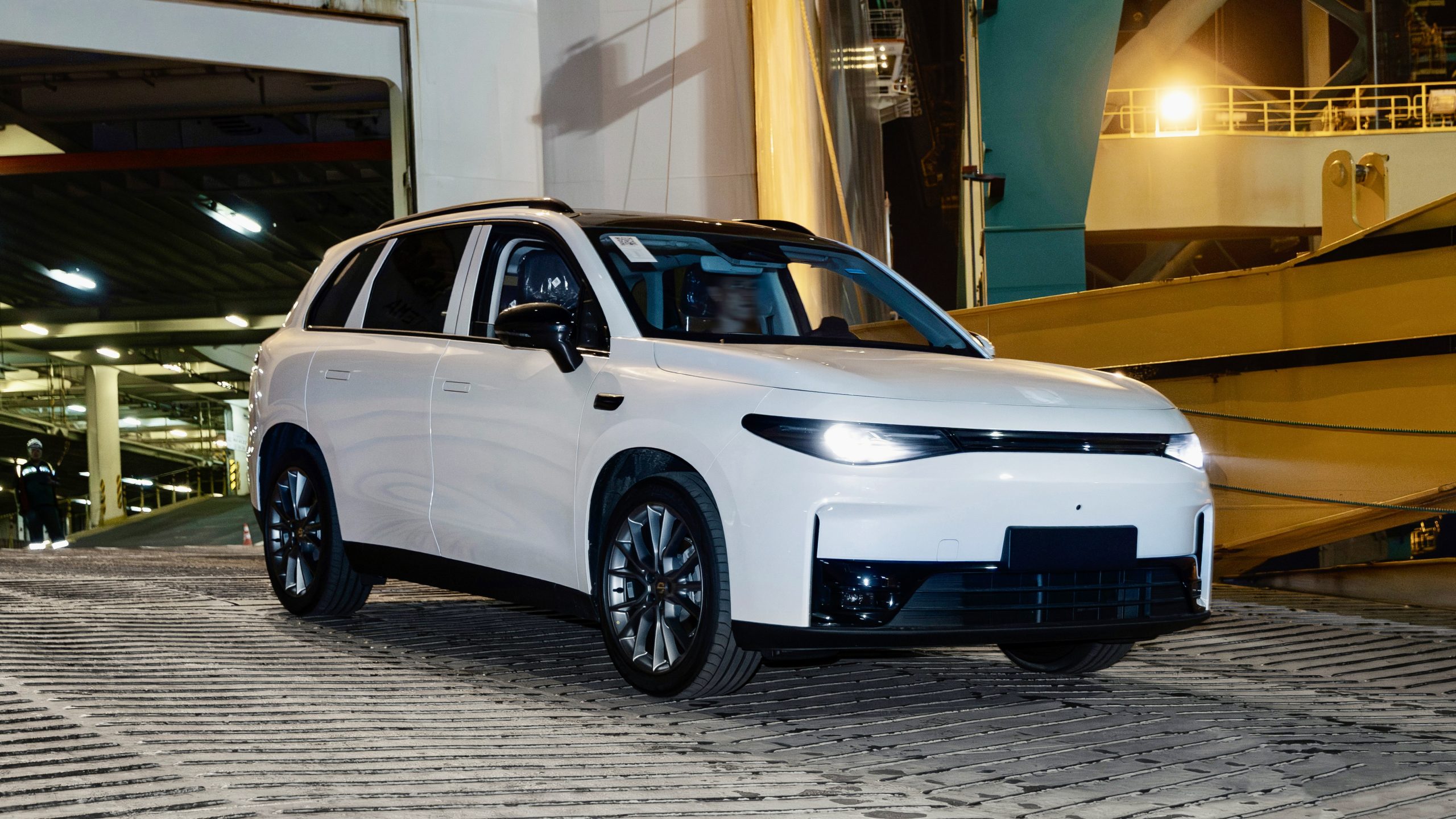
The C10 REEV, the centerpiece of Leapmotor’s Brazilian debut, uses a combustion engine tuned exclusively to act as a generator, not to drive the wheels. That design allows it to maintain the smoothness and instant torque of a pure EV while offering extended range—ideal for Brazil’s long distances and limited charging infrastructure. Leapmotor refers to this setup as “Ultra-Hybrid” to distinguish it from plug-in hybrids (PHEVs) and standard hybrids (HEVs), which rely more heavily on their combustion components.
The smaller B10 will follow shortly after, giving consumers another electrified SUV option in the compact segment. Both models are expected to offer advanced connectivity features, over-the-air software updates, and modern driver-assist systems typical of Stellantis-backed projects.
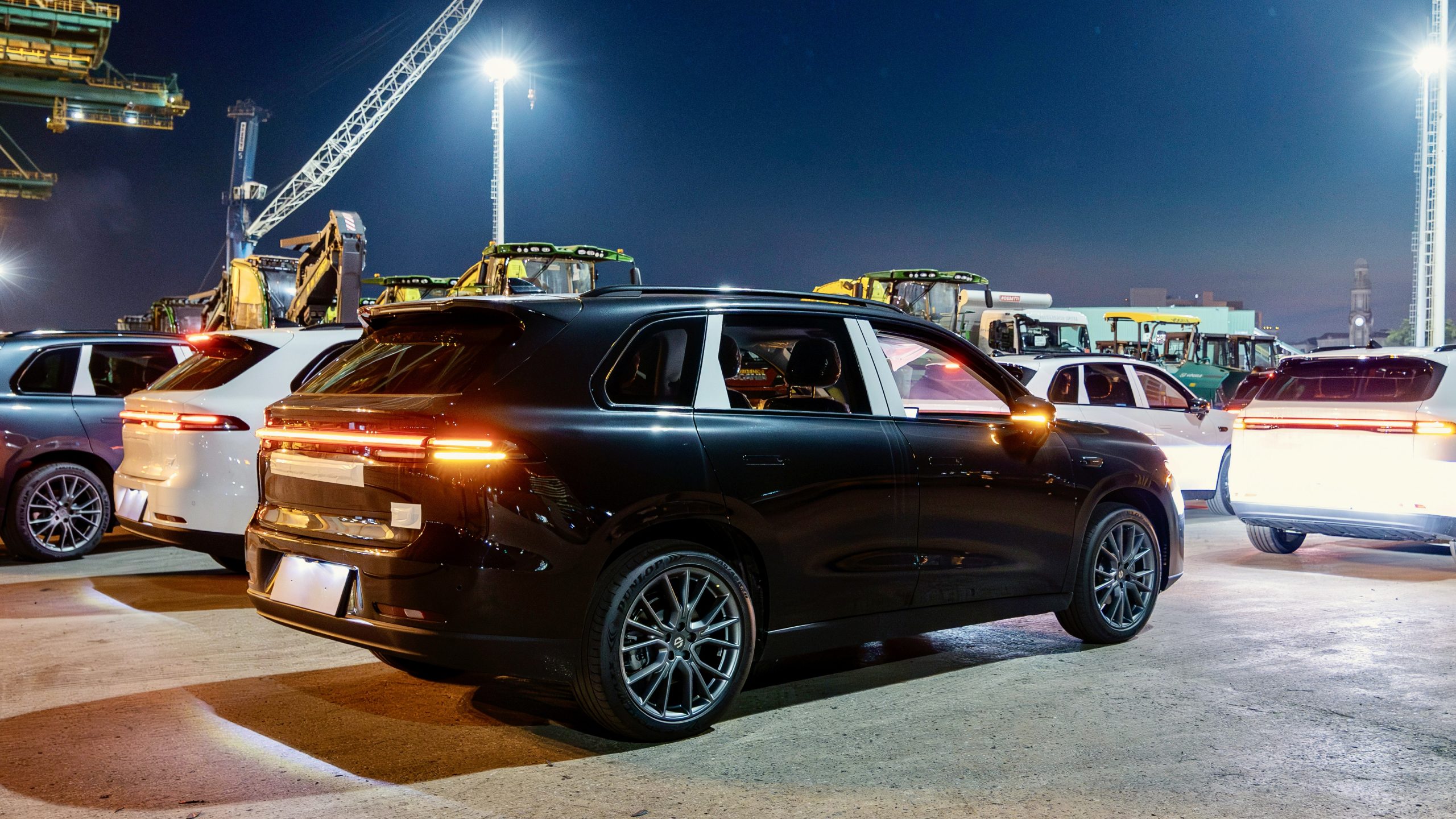
By leveraging Leapmotor’s Chinese-developed EV platforms with Stellantis’ Latin American production and sales network, the automaker hopes to strengthen its leadership in the region’s rapidly evolving electrified vehicle market.

